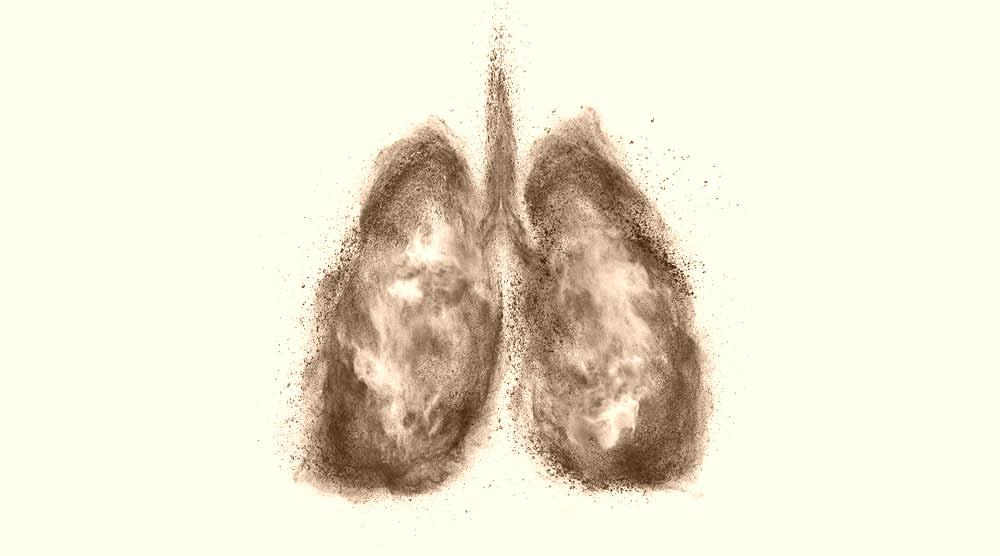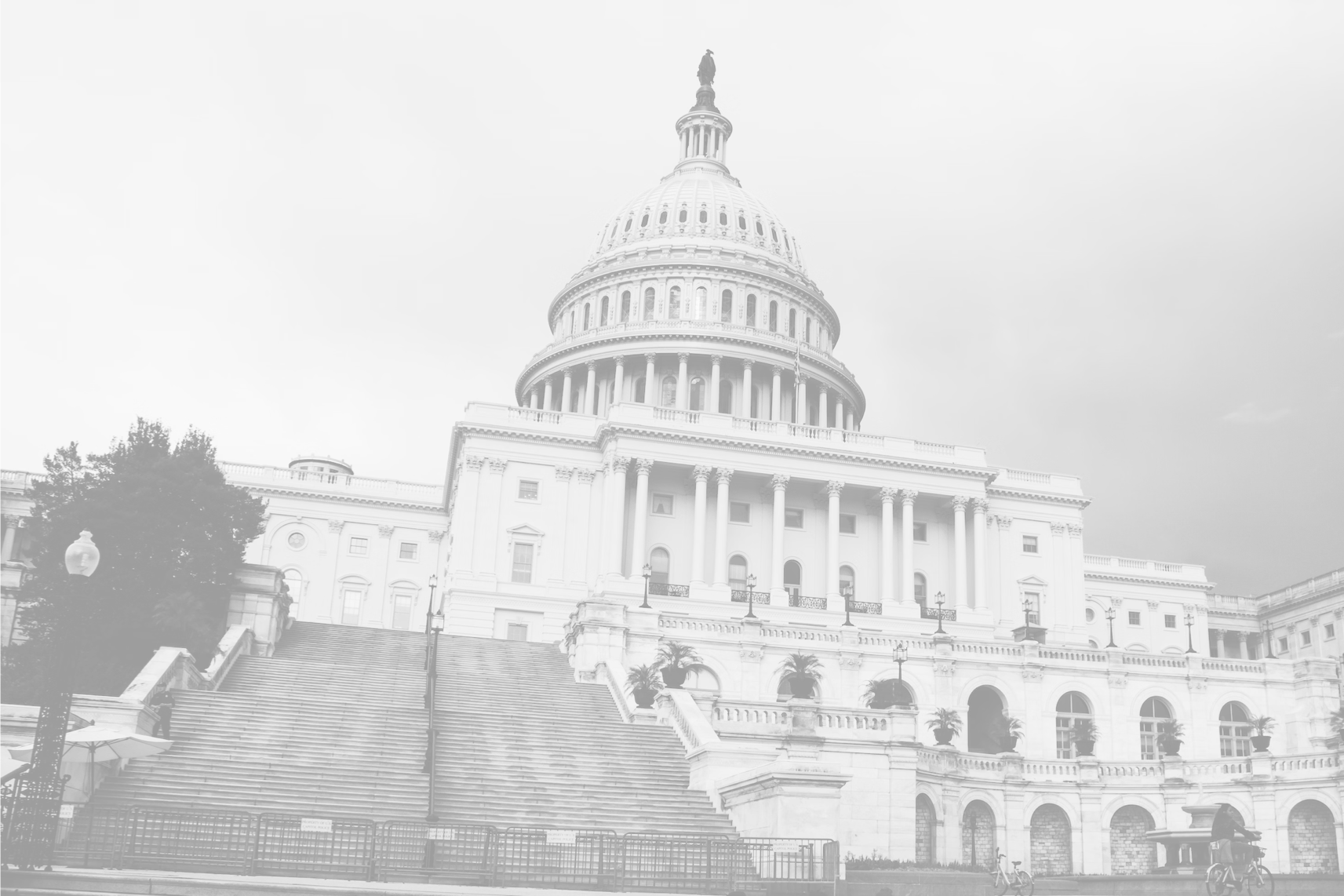Investigators have found that individuals exposed to toxins in the immediate aftermath of the September 11, 2001 terrorist attacks are at an increased risk for the interstitial lung disease, 9/11 sarcoidosis. Several studies have shown that exposure to 9/11 toxins, or World Trade Center (WTC) dust, increased the risk for pulmonary sarcoidosis or other interstitial lung diseases. The condition, also known as the World Trade Center sarcoid-like granulomatous pulmonary disease (WTC-SLGPD), is an inflammatory disease that causes the growth of tiny collections of inflammatory cells (granulomas) throughout the body — most commonly in the lungs, lymph nodes, eyes, and skin.
The first of these studies was conducted by The FDNY WTC Medical Monitoring and Treatment Program, one of three Centers of Excellence for WTC Health. On March 12, 2008, Dr. David Prezant, then Chief Medical Officer, Office of Medical Affairs, for the New York City Fire Department (FDNY) as well as a Professor of Medicine in Pulmonary Diseases at the Albert Einstein College of Medicine, testified on the findings at the Appropriations Committee for the U.S. House of Representatives hearing on 9/11 Health Effects: Federal Monitoring and Treatment of Residents and Responders.
According to Dr. Prezant, “Because respiratory issues surfaced quickly for those working at the site, the FDNY initiated the WTC Medical Screening and Treatment Program in October of 2001, just four weeks after 9/11. Using federal funding appropriated by this committee, we evaluated more than 10,000 of our first responders from October 2001 through February 2002. Since that time, we have continued to screen both our active and retired members. As of the end of February this year, we have examined 14,671 FDNY WTC rescue workers (95 percent of the cohort); 11,679 (75 percent of the cohort) have been examined at least twice; and 6,585 (42 percent) have received three monitoring exams. Because the FDNY had extensive medical information on all of our members before 9/11, our Medical Monitoring and Treatment program can compare pre- and post-9/11 medical data. This enables us to observe patterns and changes among our members. For example, we have found a significantly higher number of firefighters suffering from pulmonary disorders during the year after 9/11 than in the five years prior to 9/11…In the first year after 9/11, the Fire Department identified 13 cases of Sarcoidosis, compared to only two to three cases per year before 9/11. While the numbers have leveled off — we now see about four cases a year — these Sarcoidosis cases continue to have more serious clinical presentation than we were typically seeing prior to 9/11. This auto-immune disease can affect every organ system in the body, but is primarily a pulmonary disease. For most, it is stable disease with little impact on job or lifestyle but, for a few, it can be devastating with severe impairment, disability and, in rare cases, the need for lifesaving lung transplantation…Monitoring for future illnesses that may develop, and treatment for existing conditions, is imperative. Federal assistance is needed to continue these programs.”
Another study, conducted in 2011 by Mount Sinai researchers and published in The American Journal of Industrial Medicine, studied almost 20,000 responders who had an initial exam in the Mount Sinai World Trade Center Medical Monitoring and Treatment Program between July 2002 and September 2007. The study found that overall rates of 9/11 sarcoidosis were significantly elevated with an incidence rate of 54 cases per 100,000 between the years 2003 and 2004. In contrast, the average annual incidence rate of sarcoidosis among firefighters during the 15 years prior to the WTC attacks was 15/100,000, and among controls (rescue personnel without exposure to fire conditions) the rate was 12.9/100,000.
“Our findings support the hypothesis that environmental exposures generated by the destruction of the World Trade Center may cause ‘sarcoid-like’ granulomatous pulmonary disease. The screening and monitoring of all WTC responders, including periodic chest radiography and spirometry, must continue so that the population’s medical issues may be optimally addressed by identifying and treating diseases in their earlier stages,” said the study’s lead author Laura Crowley, MD, Assistant Professor, Preventive Medicine, Mount Sinai School of Medicine.
Most recently, a study published in Respiratory Medicine entitled “Post 9/11 Sarcoidosis in WTC-Exposed Firefighters and Emergency Medical Service Workers” found excess incidents of post-9/11 sarcoid-like granulomatous pulmonary disease in WTC-exposed workers. This study evaluated the association between WTC exposure and 9/11 sarcoidosis in 13,098 members of the Fire Department of the City of New York (FDNY) and EMS workers who worked at Ground Zero after the attacks. The study identified 68 confirmed cases of 9/11 sarcoidosis during the 2001 to 2015 period analyzed. The team behind the study concluded, “We found excess incident sarcoidosis in FDNY WTC-exposed rescue/recovery workers. Continued surveillance, particularly of those most highly exposed, is necessary to identify those with sarcoidosis and to follow them for possible adverse effects including functional impairment and evidence of organ damage.”
Although rescue workers have been the focus of previous studies, they are not the only affected group. Civilians who were in the vicinity of the World Trade Center on and around 9/11 have since been diagnosed with 9/11 sarcoidosis and tragically a few have died from complications of the disease.
Early symptoms of 9/11 sarcoidosis include shortness of breath, chest pain, and a persistent cough. However, sarcoidosis can also show up suddenly with the appearance of skin rashes, red bumps on the face, arms, or shins, and inflammation of the eyes. Generalized symptoms also include weight loss, fatigue, night sweats, and fever. 9/11 sarcoidosis has been linked to occupational or environmental exposures to 9/11 toxins such as organic dust, metals, chemical dust, silica, and wood dust or smoke.
If you were exposed to 9/11 toxins and have subsequent persistent breathing issues, were diagnosed with 9/11 sarcoidosis or WTC-SLGPD or other 9/11-related illnesses, then you may be entitled to free healthcare and compensation under the 2011 James Zadroga 9/11 Health and Compensation Act (“Zadroga Act”), and its 2015 reauthorization. Interstitial lung diseases, such as 9/11 sarcoidosis, are included on the list of covered conditions under the Zadroga Act. Other interstitial lung diseases include pulmonary fibrosis, silicosis, pneumonitis, and asbestosis.
The Zadroga Act, and its 2015 reauthorization, provided over $12 billion for free healthcare and compensation benefits to individuals who were exposed to 9/11 toxins at the following locations:
- Ground Zero
- Lower Manhattan, south of Canal Street (working, living, etc.)
- The Staten Island Fresh Kills Landfill
- Any area related to, or along, debris removal routes (piers, barges, etc.)
- Areas where WTC-contaminated vehicles or equipment were cleaned or rehabilitated
- The Office of the Chief Medical Examiner of New York City or temporary morgues.
In addition to interstitial lung diseases such as 9/11 sarcoidosis, other conditions eligible for free healthcare and compensation include cancer, respiratory illnesses, sleep apnea, and GERD (persistent heartburn). Families of those who have passed away, and suffered from a 9/11-related condition during their lifetime, may also be eligible for compensation.
The attorneys at Pitta & Baione LLP successfully lobbied for the Zadroga Act, and its 2015 reauthorization, and have since recovered millions of dollars in compensation for 9/11 responders, area workers, and Lower Manhattan residents.
For more information, contact Pitta & Baione LLP at 844-982-2667 or info@pittabaione.com.



